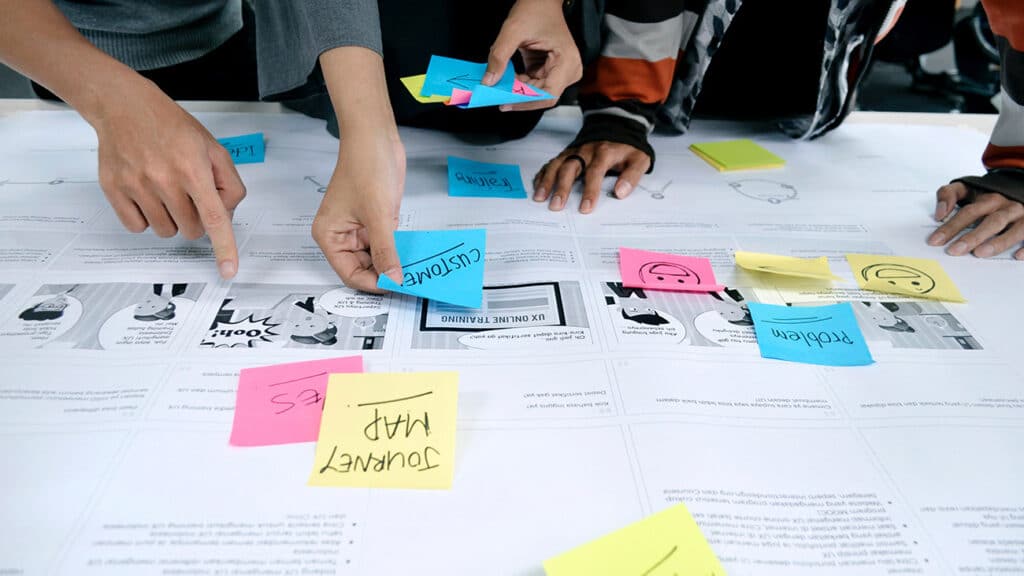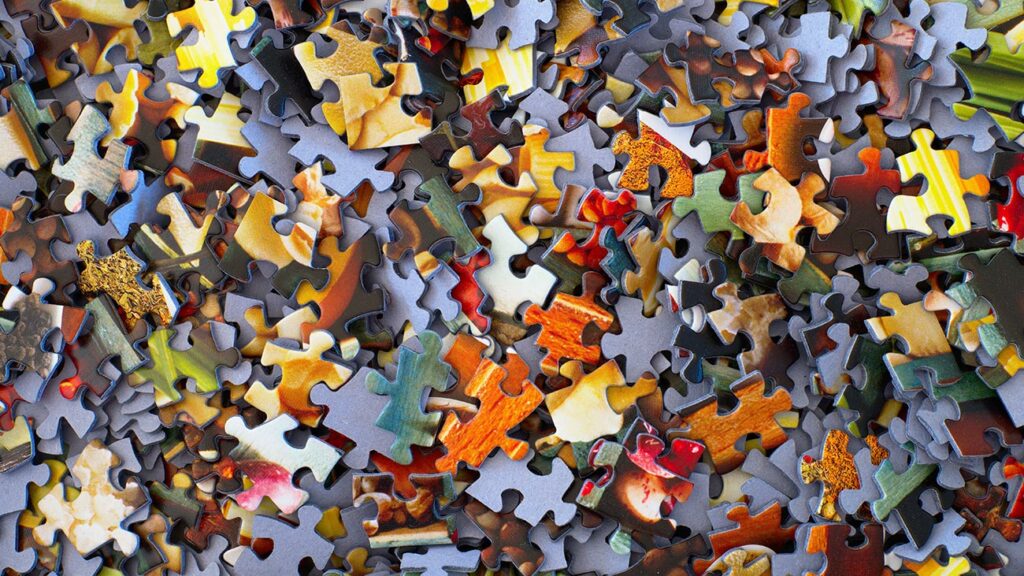Key takeaways:
- A customer journey map visualizes the steps a potential customer takes before and after purchasing.
- It organizes marketing activities into phases, providing clarity amidst complexity.
- Not all interactions aim for immediate sales; some move customers closer to future purchases.
- The map identifies drop-off points, aiding in retention strategy development.
- Effective marketing strategies can be enhanced through insights gained from the customer journey map.
Maybe you have stumbled upon a weird table stuffed with all the possible ways a customer can interact with a company or product, your boss asked you to make one just like that, or your coworker was sharing with you a new bucket of buzzwords he acquired at the latest marketing conference and customer journey map was on the top.
Provided you have a basic reading comprehension, we can suppose you have a rough idea of what a customer journey map is – it’s a map (or in some cases, more of a timeline) of steps a potential customer takes before purchasing a product or a service.
We can also suppose this simplified definition isn’t why you decided to read this article, so let’s unpack this term and provide you with a more comprehensive view of what this nifty tool is, why it exists, what it can do, and what it can’t do.

Imagine you have a company and you’re trying really hard to acquire new customers doing a ton of marketing activities – you’re active on all possible social media accounts (each with a different type of content), you sponsor some of your social media posts to make sure they reach your target audience, buy some podcast ad reads, sponsor a few influencers, have some billboards around the city, a corporate blog where your luckiest employee is forced to write something every week, have a nice once-a-month newsletter, an active boss attending events and handing out his new shiny business cards, your online store promo codes in a magazine ad, a contest where the winner gets that coffee machine your company got last Christmas from your biggest vendor, organize come-and-see for High School students in the vain hope they will talk about it with their parents, … and that’s enough for our example.
We intentionally listed all basic marketing channels we could think of to make you say “Who the heck can make sense of this? It’s a total mess. Nobody can possibly know how it all fits together and make sure all these customer touchpoints/activities are pointed towards their goal (acquiring a customer), while recognizing their unique form and different ways they’re approached or consumed by customers.” Okay, maybe you thought just the first part about it being a mess, but you get the point.
Now let’s take one of the journeys (ways) a potential customer can take.
When a potential customer spots the billboard, he’ll probably not buy from you instantly – the billboard will point him somewhere – to the website with an online store, to one of the social media accounts, or maybe to your store. One customer journey here would be: potential customer sees the billboard → visits the website → is intrigued by the seasonal sale → buys. But it’s not always this straightforward – there could be a pre-order of something you don’t yet have available for sale in your online store and the potential customer only wants to buy it when it’s in stock. What then? There has to be another fictional customer journey to accommodate this scenario: potential customer sees the billboard → visits the website → signs up for a newsletter so he’s informed when the super hot new thing from pre-order is available.
The more marketing activities you have, the more combinations of various scenarios become possible, and, well, the bigger the mess is. Imagine there are 30 more combinations like this.

And that’s where a customer journey map comes in – to infuse some order into this mess. You put together all customer touchpoints/activities/channels and sort them into multiple phases. You won’t simulate every possible way customer can take to purchase your product – it’s enough to only outline all the “stops” he can make on his journey.
Not every activity has to convert a potential customer into an actual customer instantly (like we’ve demonstrated in our example above), but it can move him closer or give him an easy way to becoming one in the future. It’s almost a given that in the process of putting together a customer journey map you will suddenly realize some new relationships between your marketing activities and how you can take advantage of them.
Writing this down in a text document would be torture, and it would be an even bigger torture to navigate. That’s why a map (very often visual, or at least with some visual elements) is created – to illustrate all the touchpoints/activities/marketing channels. While most of its contents are pretty straightforward, there are some that marketers often forget to include in their customer journey maps.
While a customer journey map is a very powerful tool, it’s not a band-aid to treat the elements of a poor marketing effort – but creating it can at least provide you a framework for understanding where your marketing is lacking and addressing these areas. It will also help you to see at which stages are your potential customers leaving the journey and not coming back.
If the pieces of your marketing strategy are already in place and properly executed, creating a customer journey map will help you amplify their effect. Besides the marketing itself, the customer journey map has a very practical use case in your team, too: everybody will know what’s going on and anyone can be instantly brought up to speed – this is especially useful when you’re about to welcome a new team member. You can significantly cut the just-sit-here-and-please-try-to-understand-what-we’re-actually-doing-here phase and simply point to the map.
So, what next? We prepared this simple step-by-step guide to help you create your first customer journey – make sure to check it out. When you’re done, you’ll certainly know what to do next!


